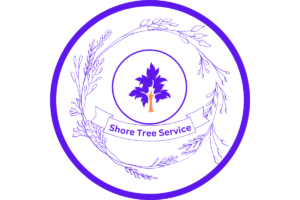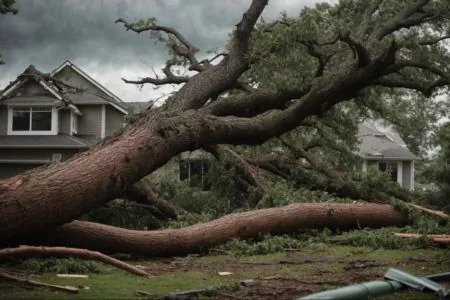Ready to give your trees some springtime TLC? Pruning might not be the most glamorous gardening task, but it’s crucial for the health and growth of your leafy friends.
Did you know that spring is the perfect time because the trees are just starting to wake up from their winter nap? By pruning trees in spring, you’re giving your trees a fresh start and helping them grow stronger and healthier during the growing season.
This article will explore the importance of pruning trees during springtime and why this seasonal practice is key to keeping your trees in top shape.
Three Benefits of Pruning Trees in the Spring
A. Promotes healthy growth
First off, it helps your trees grow all big and strong by getting rid of dead or overgrown branches that might be holding them back. Think of it like giving your tree a fresh start to reach its full potential.
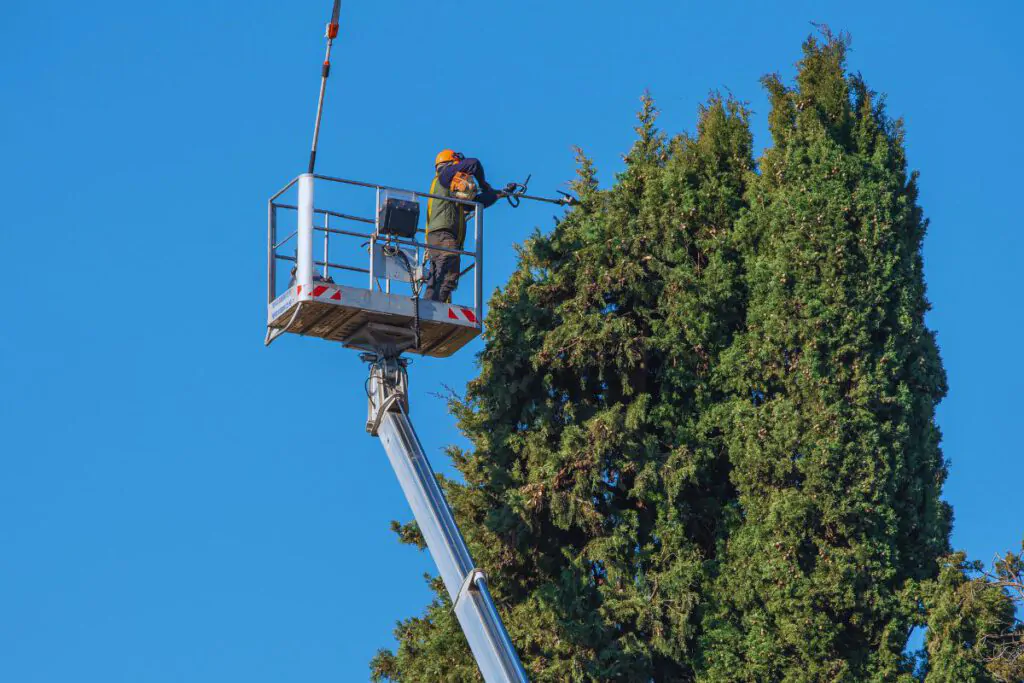
B. Prevents disease and pest infestations
Second, by cutting away those diseased or infested parts, you’re giving pests and diseases the boot before they even get a chance to set up shop. It’s like kicking them out before they can even cause trouble, keeping your tree in tip-top shape.
C. Improves overall appearance
And finally, a good pruning session can really spruce up the appearance of your tree. Say goodbye to those wonky branches sticking out every which way and hello to a much more put-together and aesthetically pleasing tree. It’s like giving your tree a little makeover, helping it look its best for all to see.
When to Prune Trees in the Spring
A. Best time of year
The best time to prune trees depends on the type of tree you have. But as a general rule of thumb, late winter or early spring is a good time for most trees. This is because the trees are dormant during this period, making it easier for them to recover from pruning without putting stress on their growth.
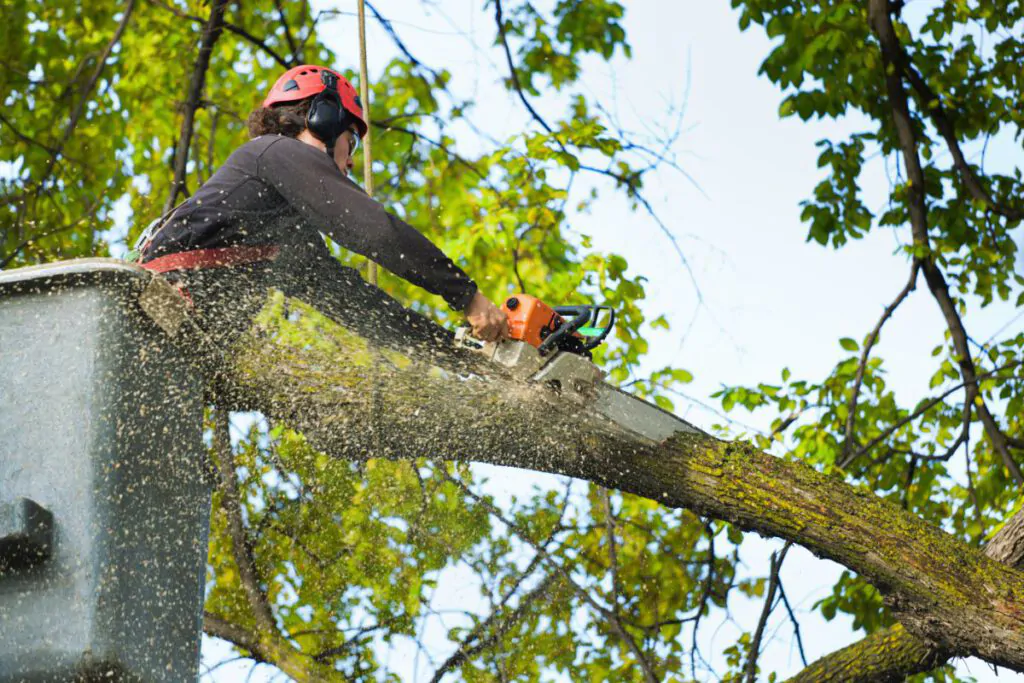
Late winter to early spring is also ideal because you can easily see the tree’s structure without the leaves blocking your view. Plus, pruning in this season promotes healthy growth and allows you to shape the tree before the spring growth spurt. There’s an exception to every rule, though: some flowering trees should be pruned after they bloom to not disrupt their flowering cycle.
So, understanding your tree type and its specific needs is key to timing your pruning just right. Keep these tips in mind, and your trees will be thanking you with lush, vibrant growth!
B. Signs that a tree needs pruning
Tree trimming is like giving your trees a fresh haircut – it keeps them healthy and looking good. When you trim off dead or overgrown branches, you’re helping the tree focus its energy on growing new, strong branches and leaves.
Another clue that your tree is due for a trim is when you start seeing dead or broken branches hanging around like unwanted party guests. These branches not only make your tree look sad and neglected, but they can also be a hazard if they decide to come crashing down unexpectedly. So, keep an eye out for any signs of decay or damage in your tree’s branches.
C. How to properly prune a tree
First things first, make sure you have the right tools on hand – a sharp pair of pruning shears or loppers will do the trick. Now, when it comes to trimming trees in spring, remember the golden rule: less is more. You don’t want to go all Edward Scissorhands on your tree and leave it looking like a sad, over-trimmed shrub.
Can you trim trees in the spring? Absolutely! In fact, spring is an ideal time to give your trees a trim for optimal health and growth. Start by removing any dead or damaged branches, and then move on to any crossing or rubbing branches that are causing a ruckus. Next, step back and take a good look at your tree – see any branches that are growing in a wonky direction or crowding the center? Those are prime candidates for pruning. Don’t forget to cut just outside the branch collar to help the tree heal properly.
Tools Needed for Pruning Trees
A. Pruning shears
Pruning shears are your go-to for precision cuts on small branches and stems.
B. Loppers
Loppers are perfect for tackling thicker branches that need a little more oomph. They’re designed to handle thicker branches that pruning shears might struggle with, usually up to about 2 inches in diameter depending on the specific model.
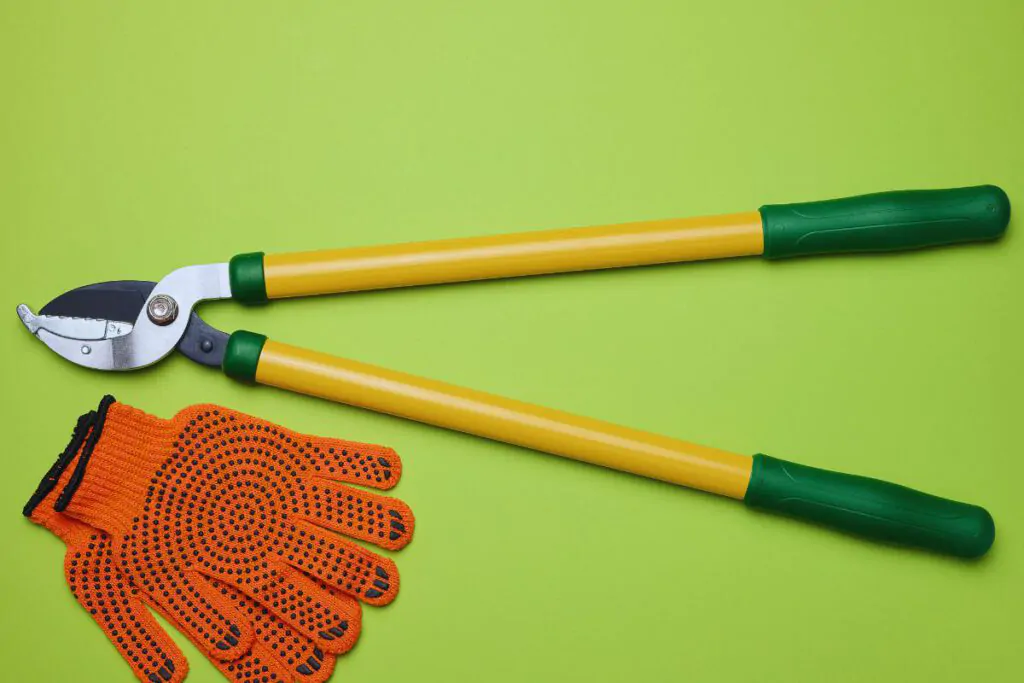
C. Handsaw
A handsaw is there for those hefty branches that require serious cutting power.
D. Safety equipment
Eye protection, gloves, and maybe even a sturdy pair of boots are your best buddies when it comes to pruning. Those branches can get wild, and the last thing you want is to end up with a scratch or worse.
Tips for Successful Tree Pruning
A. Start with dead or damaged branches
Always start by identifying and removing dead or damaged branches. This not only improves the overall appearance of the tree but also promotes healthier growth by redirecting nutrients to the remaining branches.
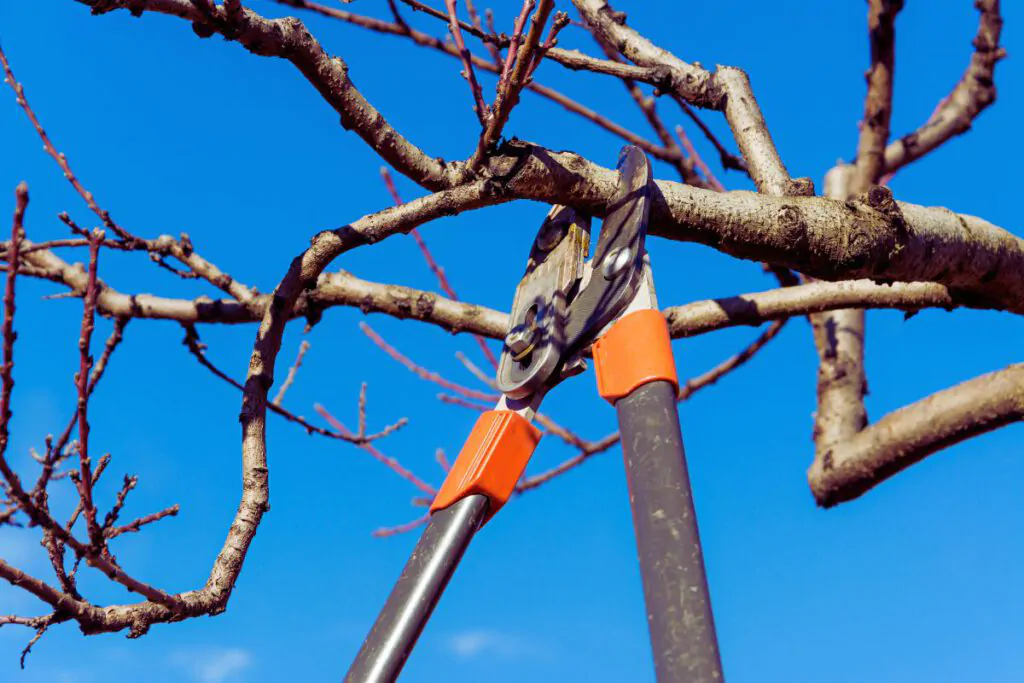
B. Cut at the correct angle
Make sure to cut at the correct angle to avoid causing unnecessary stress to the tree. Cutting at a slight angle allows for proper healing and reduces the risk of disease or infestation.
C. Trim branch collars, not flush
Lastly, when trimming branches, it is crucial to focus on the branch collars rather than cutting flush against the trunk. By leaving the branch collar intact, you help the tree heal more effectively and prevent potential decay.
Conclusion: Why Professional Tree Care Matters for Spring Pruning
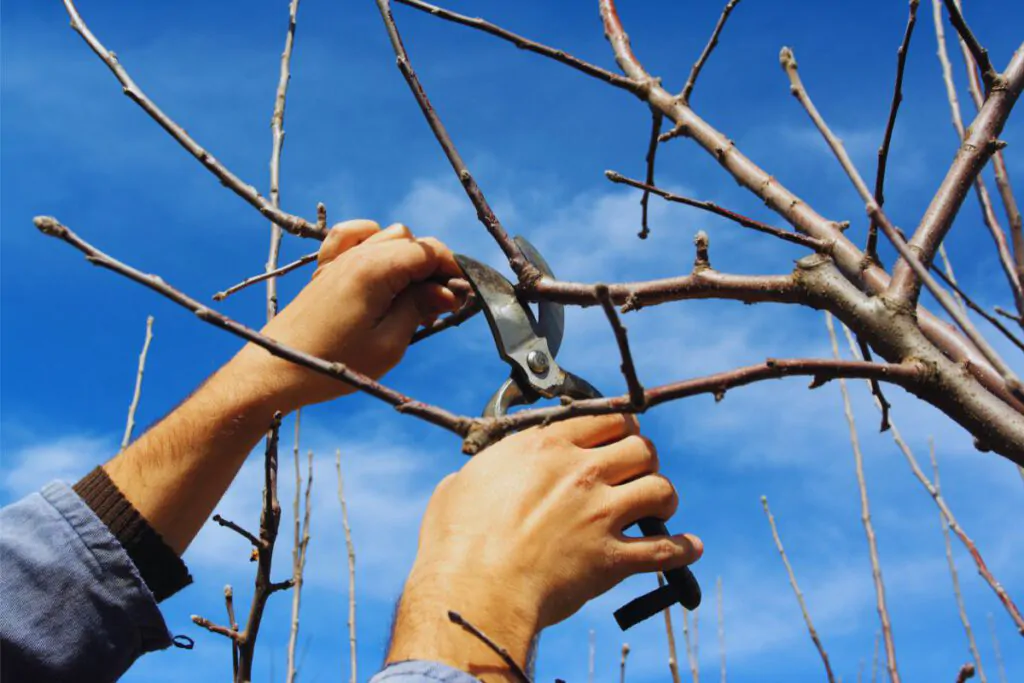
Ensuring the health and vitality of your trees requires more than just a casual trim. That’s where professional tree service in spring comes in. Think of it as giving your trees a rejuvenating spa treatment. Just as a skilled stylist knows precisely how to shape and revitalize your hair, a professional tree service in spring understands the intricacies of tree care.
By expertly trimming away dead or overgrown branches, they redirect the tree’s energy towards fostering new growth, ensuring your trees not only look their best but thrive for seasons to come.
Also, spring is a good time to give those trees some love and care. It’s like a fresh start for them after the long winter snooze.
Scheduling regular tree maintenance is important and it’s not expensive or hard to do. Taking care of your trees can prevent potential issues down the line and keep your outdoor space looking beautiful. Of course, you could also reach out to one of your local arborists on the South Shore.
So, don’t let tree maintenance fall by the wayside. Set a reminder on your phone, mark it on your calendar, and do whatever works for you to stay on top of it.
